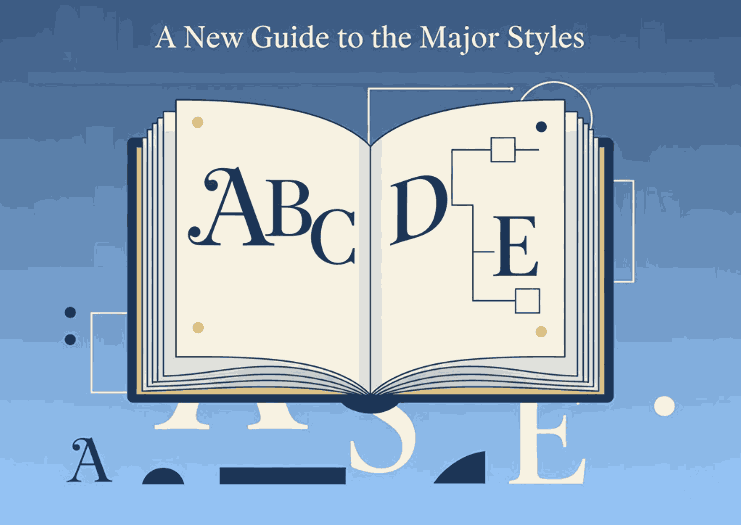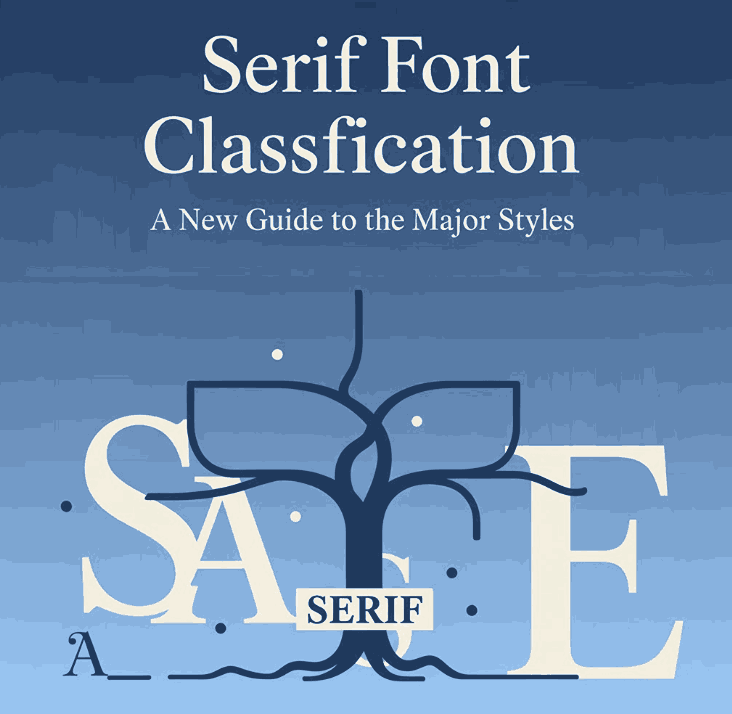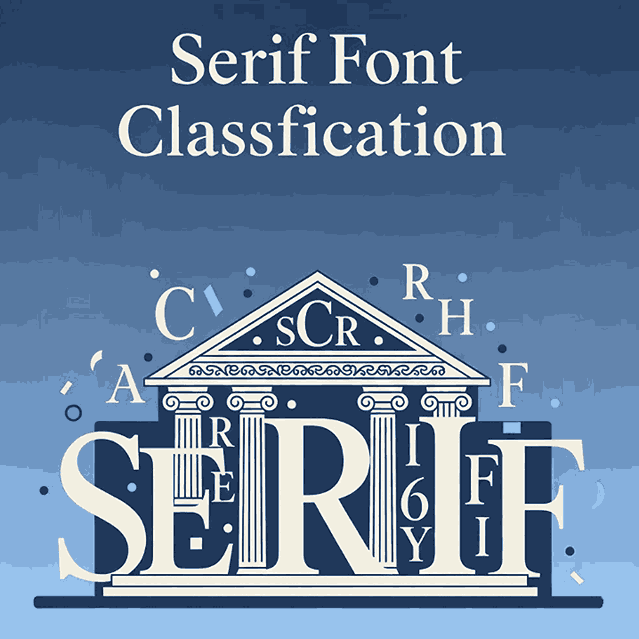
Table of Contents
- Introduction
- Why Classifying Serif Fonts Matters
- The Four Classic Serif Categories
3.1 Old Style Serifs
3.2 Transitional Serifs
3.3 Modern (Didone) Serifs
3.4 Slab Serifs - Extended/Additional Serif Classifications
- How Font Classification Impacts Your Typography & Branding
- How You Can Use Our Fonts in These Categories
- Conclusion
- References
1. Introduction
When you look at a piece of typography and feel a distinct tone—classic, clean, bold, or vintage—you’re experiencing the power of Serif Font Classification. Understanding what Serif Font Classification means and how the major groups differ helps designers choose the right serif typeface for the task—whether long-form text, elegant branding, or bold headlines. As a font designer and vendor, it’s especially valuable for you at CalligraphyFonts.net to communicate how your fonts align with these classifications, helping your clients pick, pair and apply type with confidence.
2. Why Serif Font Classification Matters
Font classification is more than terminology—it guides design decisions. According to a classification overview by Toptal:
“The first serifs were Old Style. … successors were Transitional, Modern, Slab.”
Similarly, MyFonts notes that serif-styles include Old Style, Transitional, Neoclassical/Didone and Slab among others.
For your business:
- Helps clients understand your font’s aesthetic heritage
- Allows you to position fonts more clearly (“this one is a modern serif, this one a slab”)
- Supports matching fonts to use-cases: readability, display, branding, etc
- Enhances your authority and education value as a font-seller

3. The Four Serif Font Classification Categories
Below are the major categories of serif fonts, their key features, and design use-cases.
3.1 Old Style Serifs
Old Style (also called Humanist/Old-Roman) emerged during the Renaissance. Key traits: moderate contrast between thick & thin strokes, angled or bracketed serifs, diagonal stress axis.
Use-cases: books, editorial text, design with a classic, elegant tone.
Characteristics at glance:
- Bracketed serifs (curved connection between serif and stem)
- Low stroke contrast
- Slightly diagonal axis of stress
This classification is ideal when you want a serif that whispers “heritage” not screams “display”.
3.2 Transitional Serifs
Transitional serifs mark the shift between Old Style and Modern. Developed in the 18th century (think Times New Roman/Baskerville family).
Key traits: greater contrast between strokes, more vertical stress, still bracketed serifs but sharper.
Use-cases: where readability is important but you want a hint of modern refinement (premium magazines, branding with subtle sophistication).
3.3 Modern (Didone) Serifs
Also known as Didone, these emerged in the late 18th–early 19th centuries (think Bodoni, Didot).
Traits: dramatic contrast between thick and thin strokes, vertical stress, often unbracketed serifs (flat joins).
Use-cases: display typography, high-end fashion branding, logos where impact and elegance matter.
Caveat: Not always ideal for small-size body text due to thin hairlines.
3.4 Slab Serifs
Slab serifs (aka Egyptian) appeared in the early 19th century to address printing demands.
Traits: heavy, block-like serifs, little or no bracketing, minimal stroke contrast.
Use-cases: advertising, headlines, logos that need sturdy presence, bold statements, retro-industrial look.
4. Extended/Additional Serif Font Classification
Beyond the main four, some classification systems include:
- Glyphic Serifs: carved-style, inscriptional feel (triangular serifs, minimal contrast)
- Square Serifs, Clarendons, etc: hybrids that mix slab or glyphic traits.
Understanding these sub-categories helps you communicate fine differences to your customers and position fonts more precisely.

5. How Font Serif Font Classification Impacts Your Typography & Branding
When designing or shopping for fonts, classification matters for several reasons:
- Readability: Old Style and Transitional tend to read well in long texts; Modern and Slab are more for display.
- Tone & Message: A Modern serif says luxury and sophistication; a Slab says strong and bold; an Old Style says traditional and trustworthy.
- Pairing: Knowing classifications aids in pairing fonts (e.g., mixing a Slab heading with a Sans body) or avoiding conflict.
- Brand identity: As a font seller, you can highlight a font’s classification as part of its story and suitability—helping your clients make informed decisions.
6. How You Can Use Our Fonts in These Categories
On CalligraphyFonts.net you offer fonts that, while not strictly confined to classic historical classifications, can map into these categories or adopt their influences. Here are some examples and how you might present them:
- Classicly Font — A typeface with refined serifs, suitable for Classic/Old Style or Transitional usage in text-heavy design or premium branding.
- Glossy Edition Font — Designed for display, high contrast, elegant feel: aligns with Modern/Didone classification.
- Trackwalker Classy Font — Robust, with strong serif endings: consider positioning it in the Slab or Hybrid category for headings or branding.
- Claina Vanie Font — A more decorative serif style, which might map into the Glyphic or special-serif side for unique identity projects.
By tying each font to a classification and use-case, you help your audience choose more confidently—and you enhance your brand as a font expert.
7. Conclusion Serif Font Classification
Understanding Serif Font Classification is a significant skill for any designer—and a powerful differentiator for your font-design business. It enables you to pick fonts with purpose, articulate their roles in branding and publishing, and present your own products more persuasively. At CalligraphyFonts.net, by aligning your fonts with traditional and extended serif classifications, you provide both aesthetic and educational value to your clients. Whether they’re designing a long-form editorial layout, a luxury logo, or a bold heading system, classification becomes their guide—and your fonts become part of the solution.
8. References
- Toptal – “Types of Fonts: Understanding Typeface Classification”.
- Design Tuts+ – “The Different Types of Serif Fonts …” .
- Wikipedia – “Serif classification overview”.
- Supercharge Design – “Typography Classification: A Guide”.
- SitePoint – “The Old Style Typeface”.
